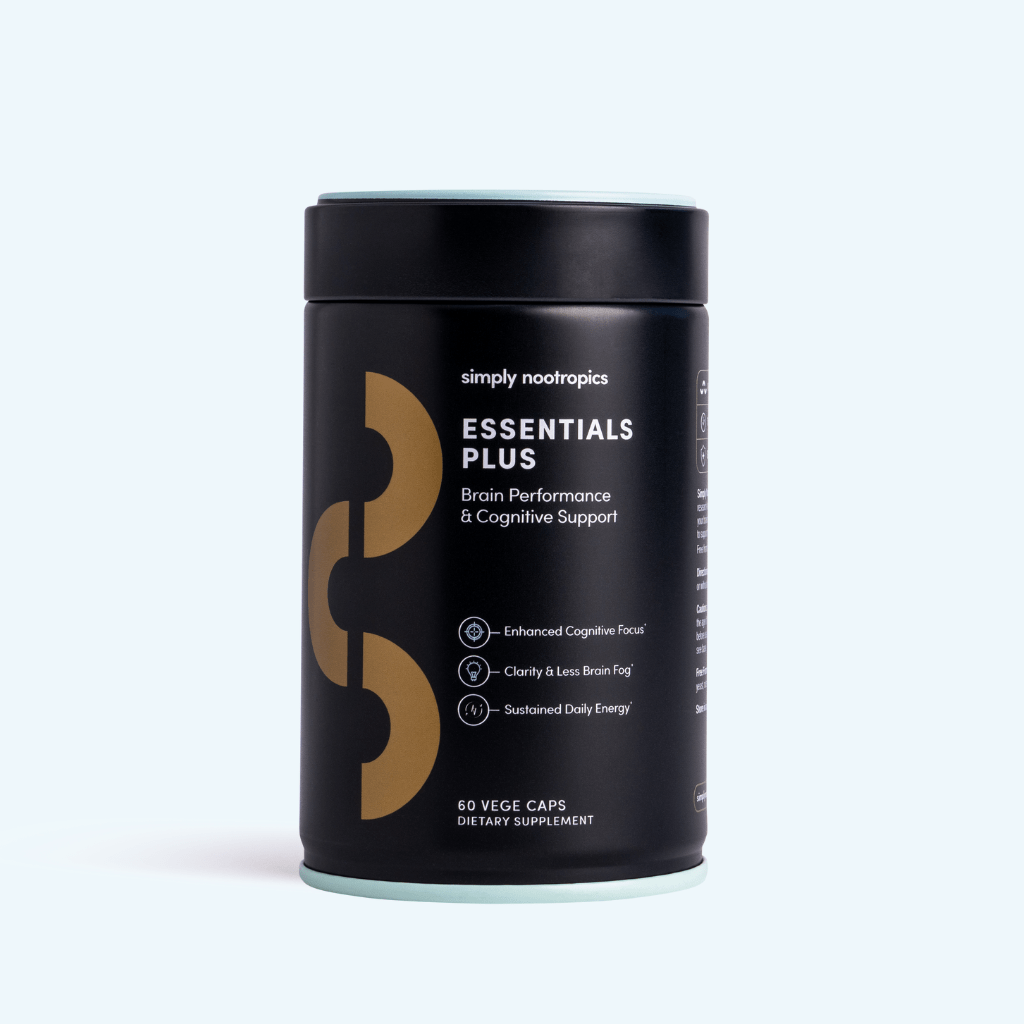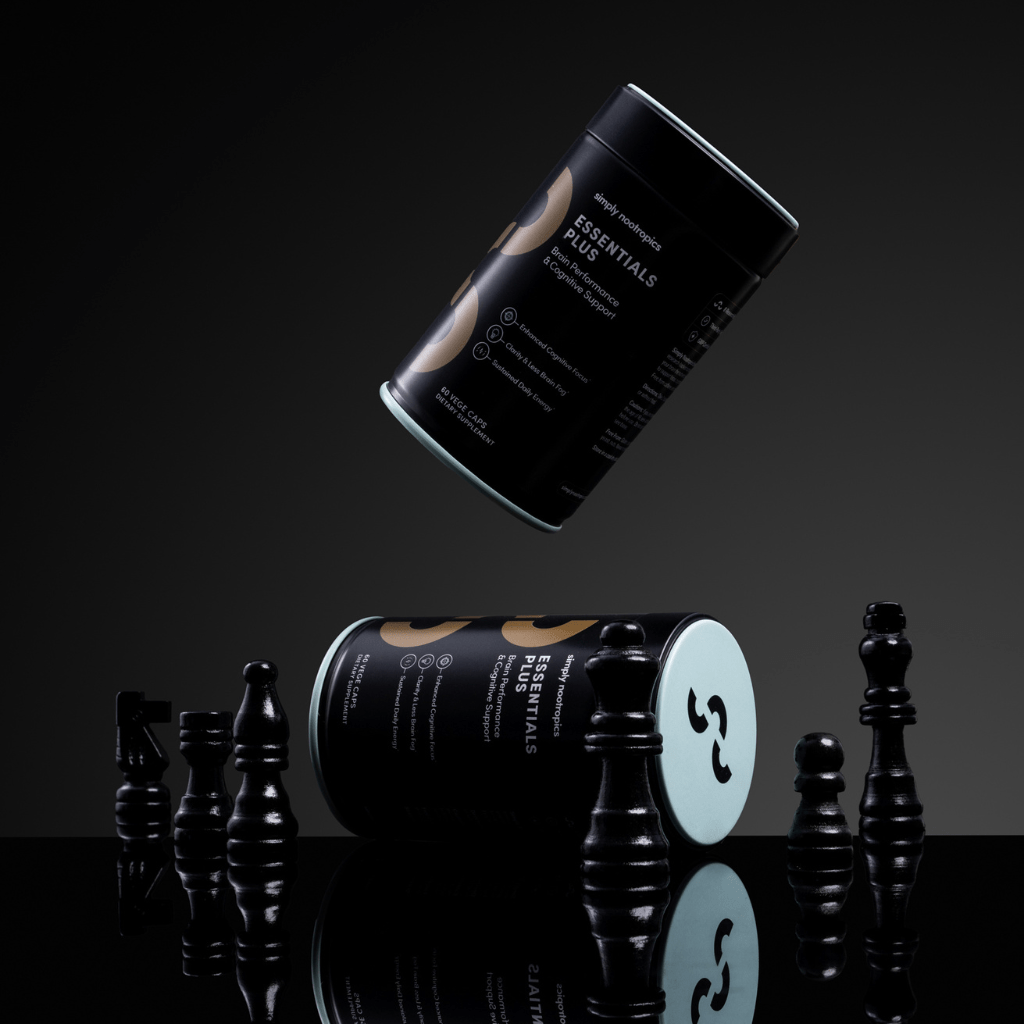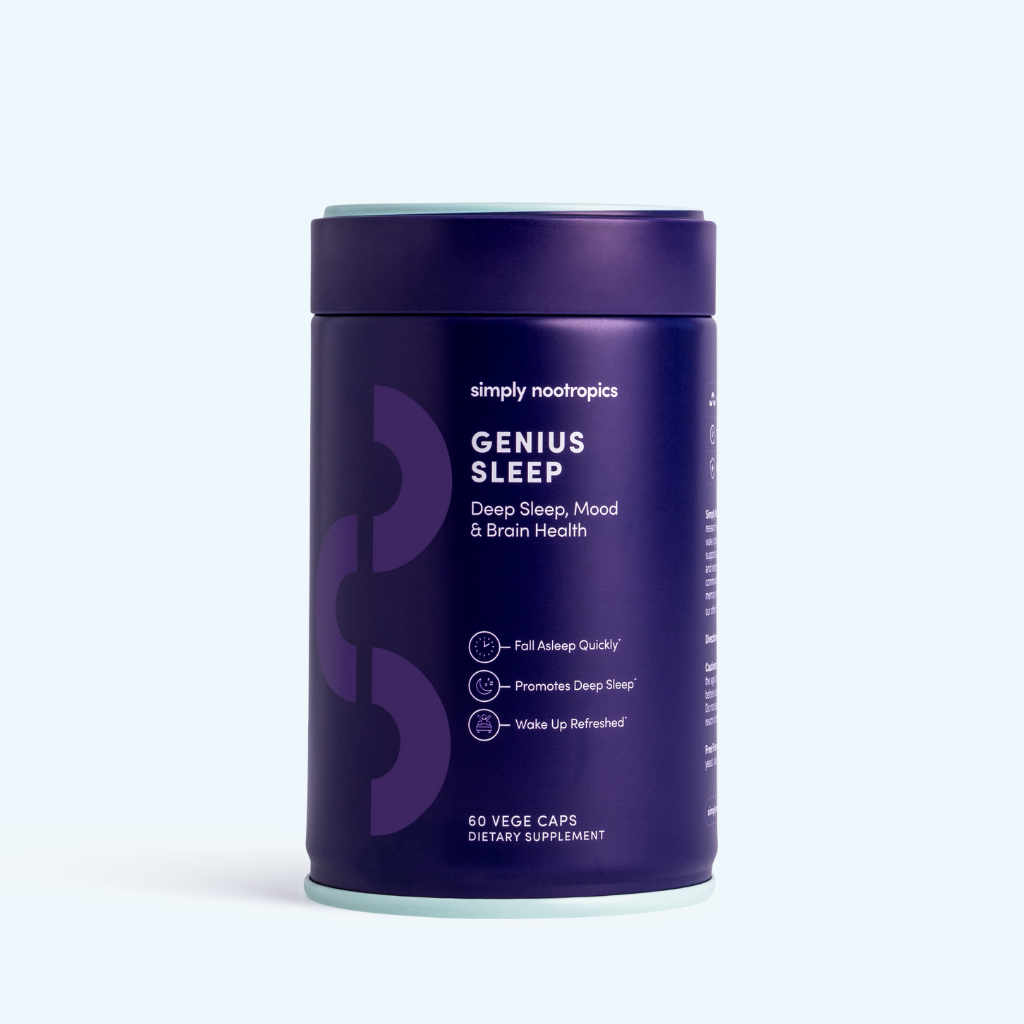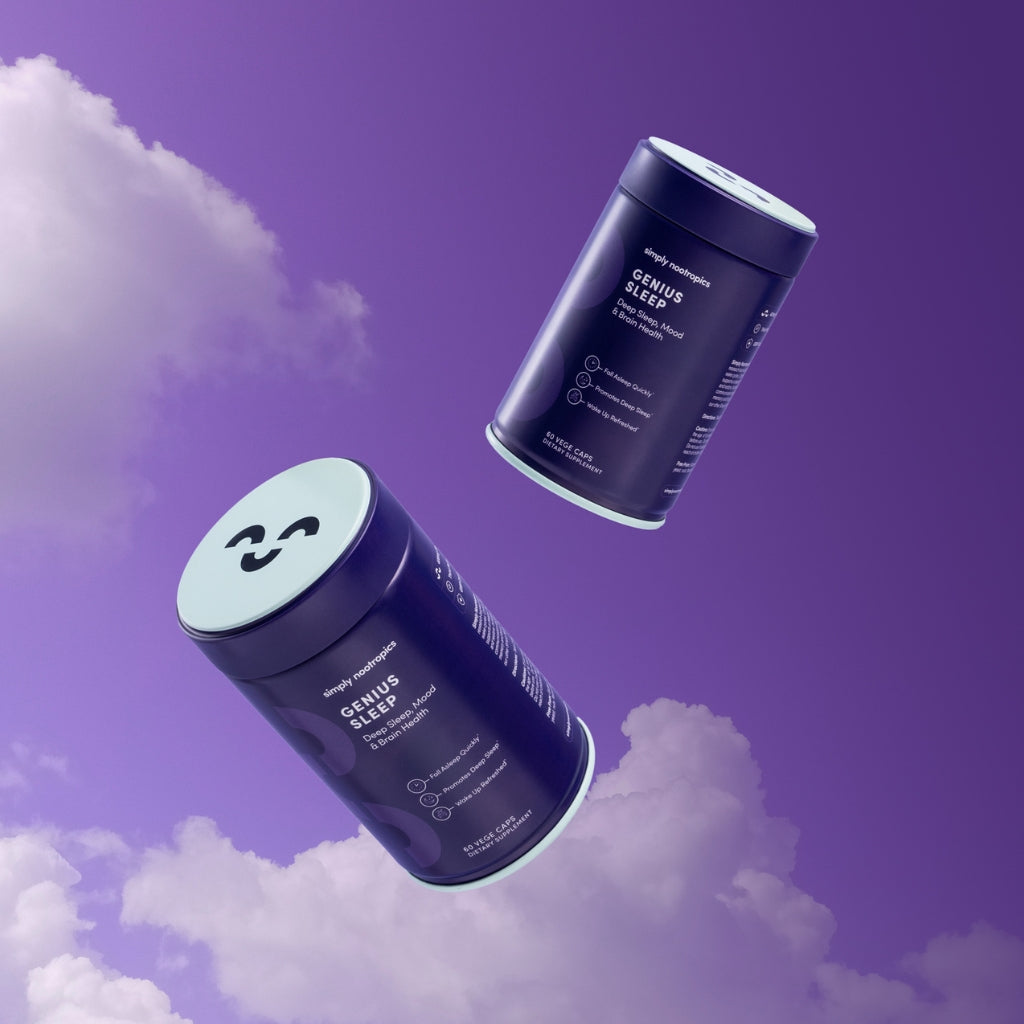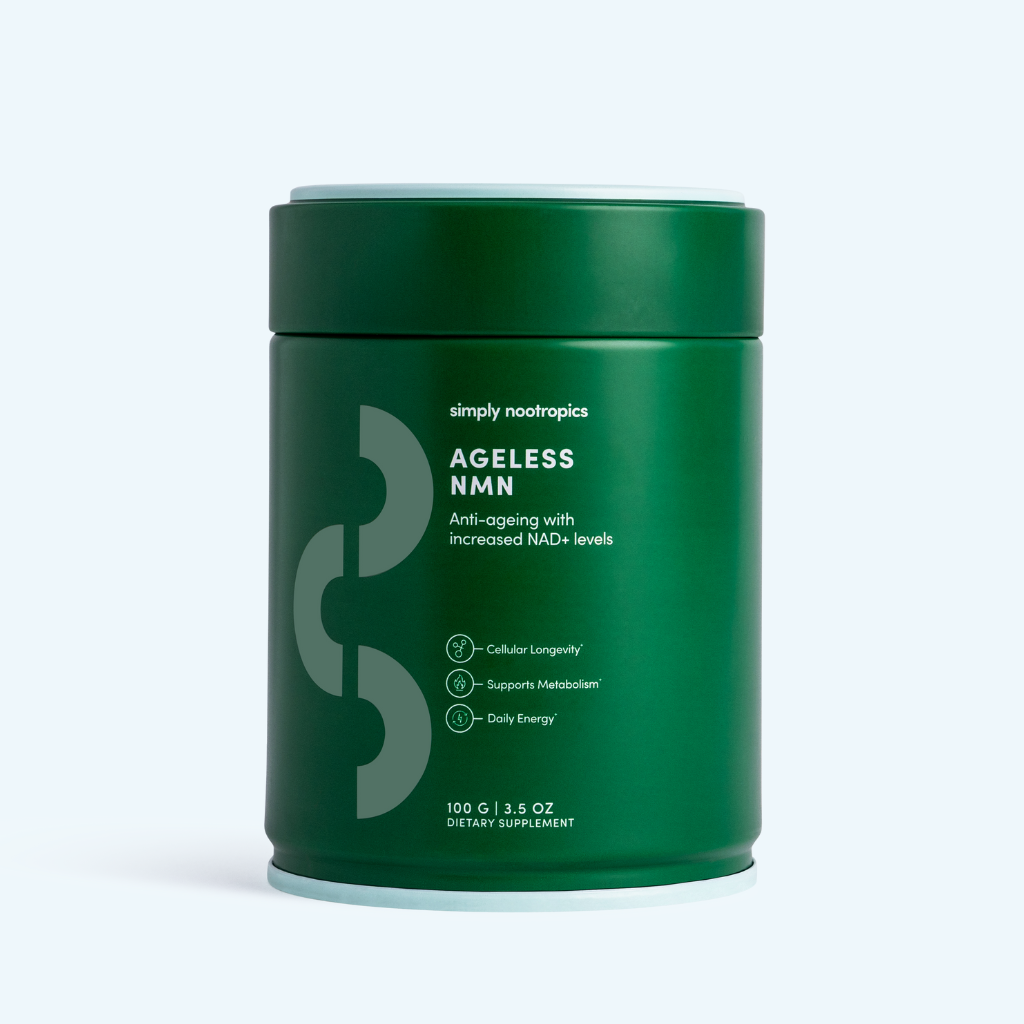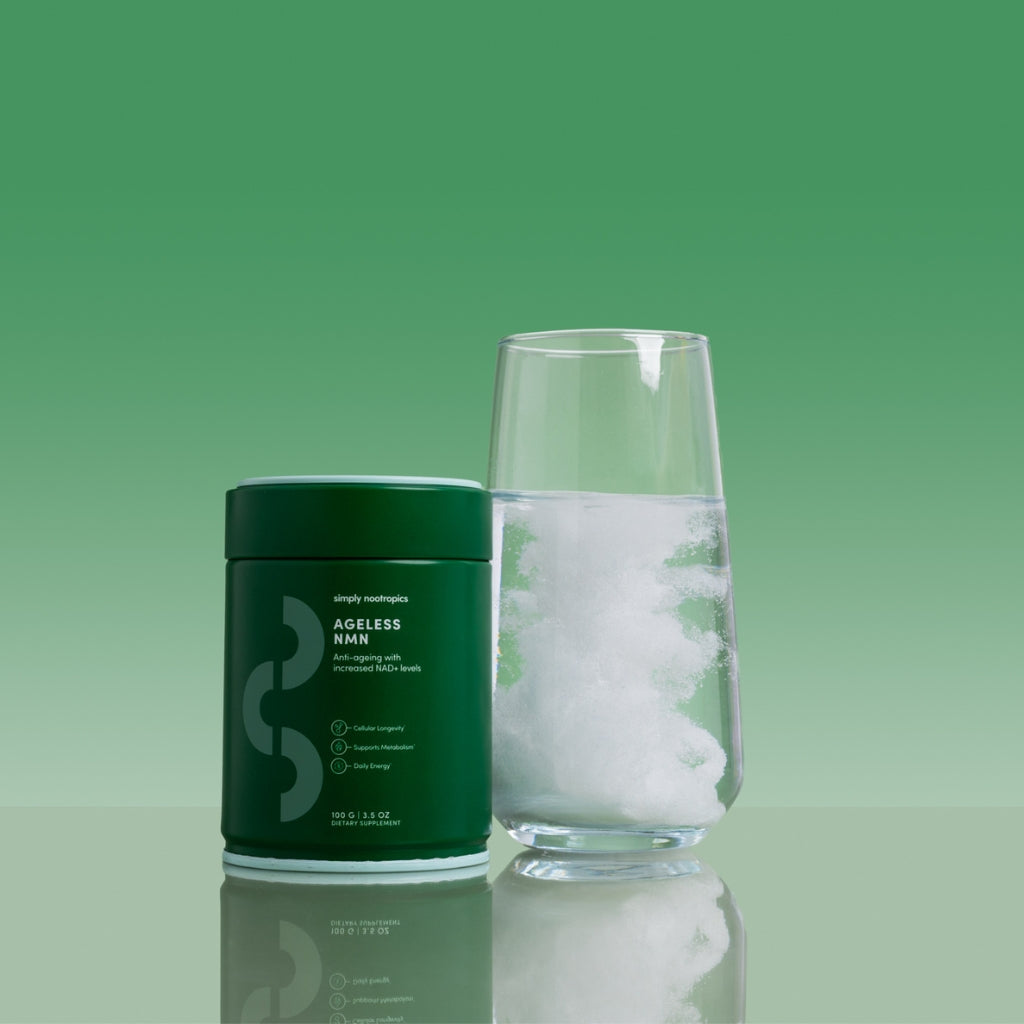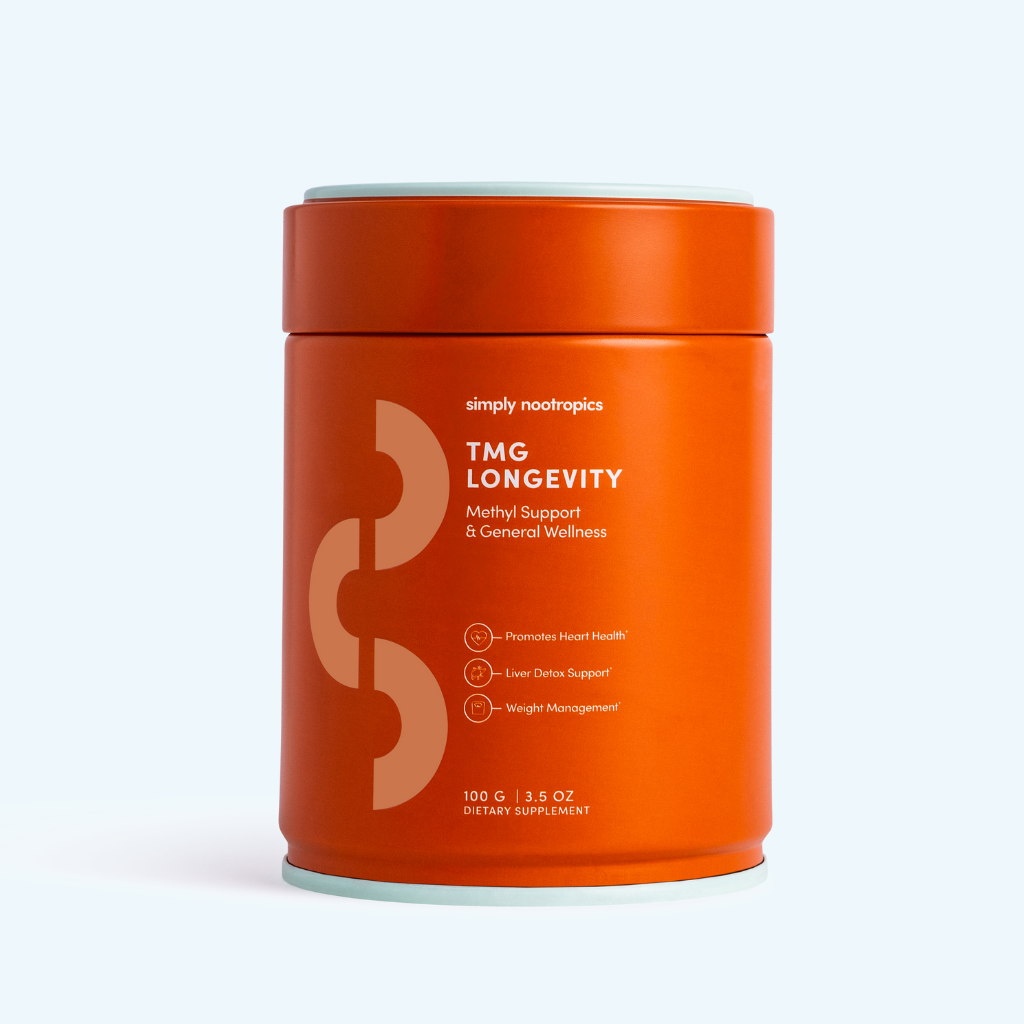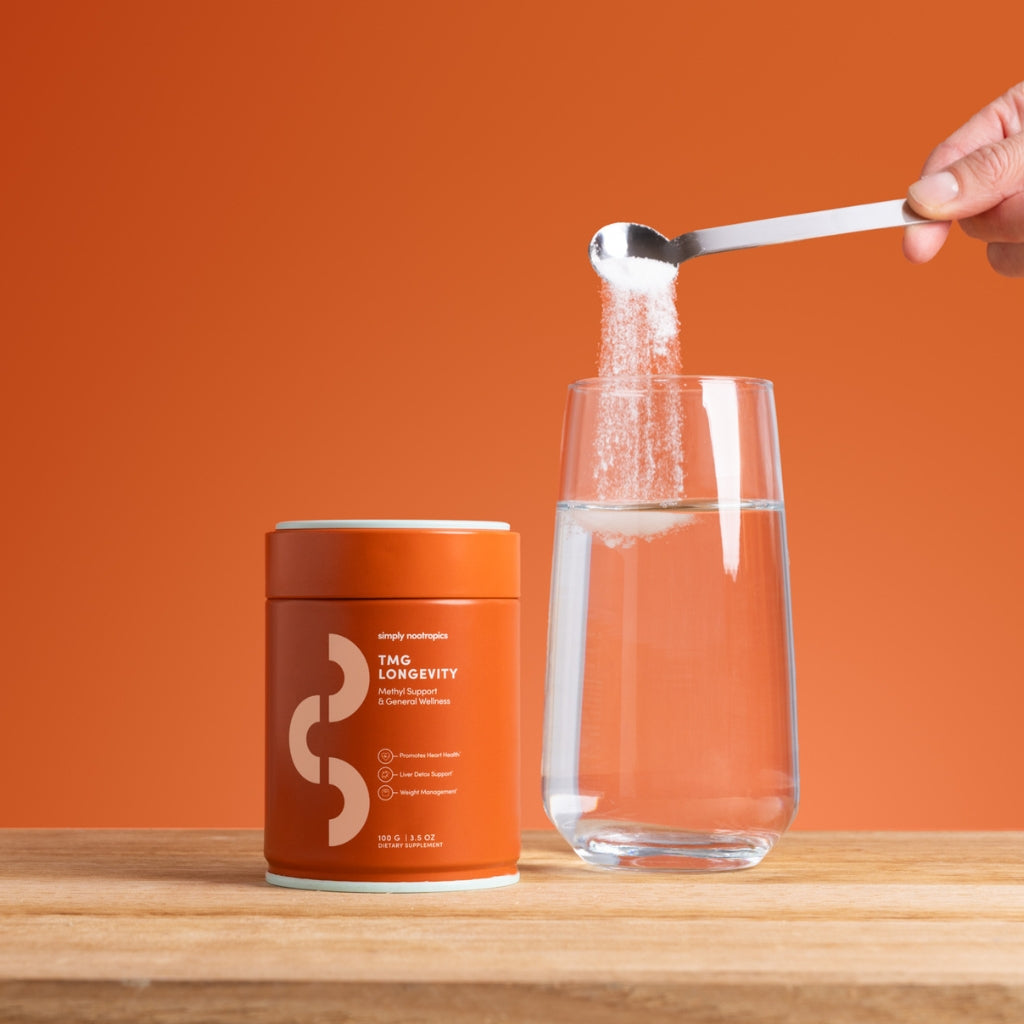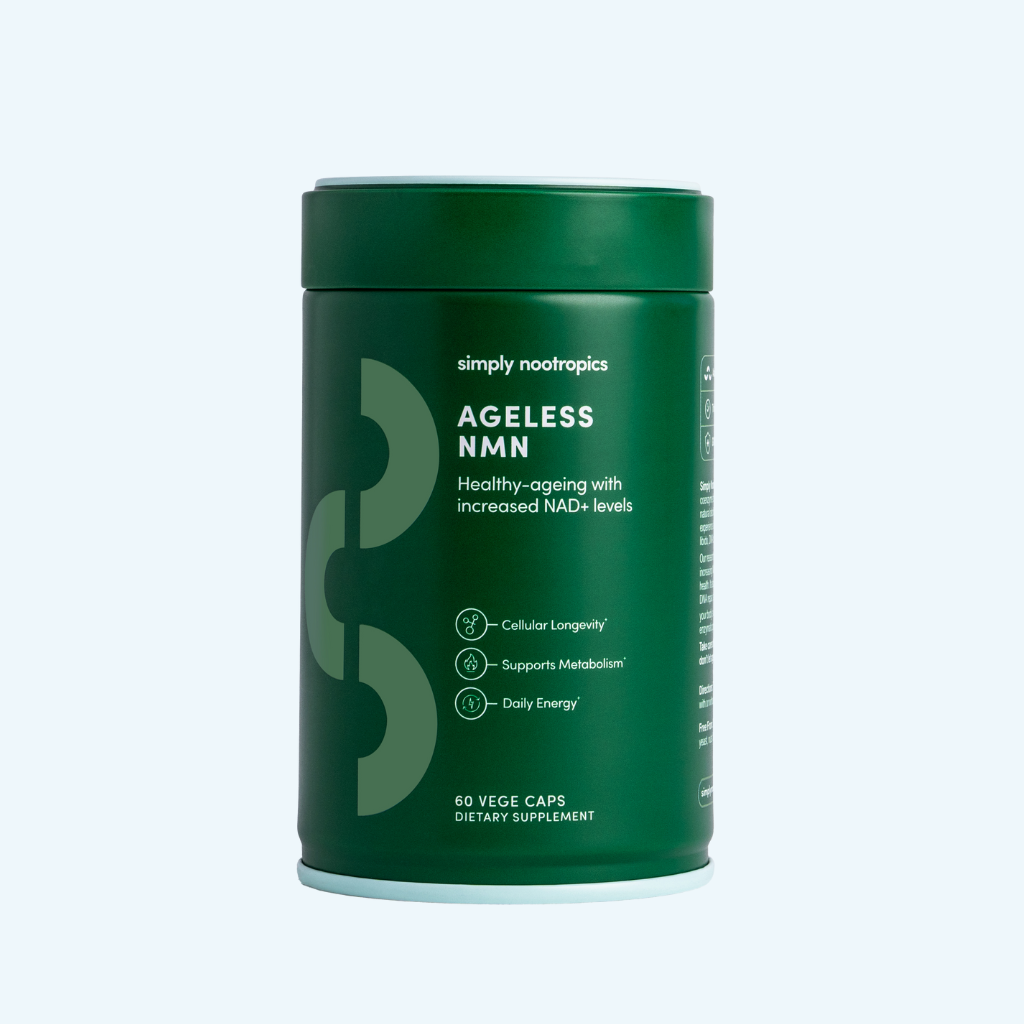Welcome to the latest edition of Longevity News, where we share the latest scientific discoveries and wellness strategies designed to help you perform, feel, and age your best from the inside out. This issue covers intriguing findings on how a simple nighttime snack supports your gut health, how compounds from hallucinogenic mushrooms might influence lifespan, the decoding of the 1918 flu virus genome, and fresh research about women’s pelvic floor health.
-
Why Eating Pistachios at Night Could Be Really Good for Your Gut Health
Gut health remains a vital pillar for overall well-being and longevity. Recent research from Penn State has uncovered a remarkable connection between eating pistachios at night and improvements in the gut microbiome, particularly in adults with prediabetes.
This 12-week randomised crossover study involved participants replacing their typical carbohydrate snacks before bed with around two ounces of pistachios. The results demonstrated significant shifts in the gut microbiome, with increased abundance of beneficial bacterial groups such as Roseburia and Lachnospiraceae. These bacteria are key producers of butyrate, a short-chain fatty acid crucial for maintaining colon cell health and reducing inflammation.
Butyrate serves multiple vital functions: it provides energy for colon cells, strengthens the intestinal barrier, and regulates immune responses to prevent over-inflammation, which plays a major role in the development of insulin resistance and other metabolic disorders.
At the same time, levels of bacterial species associated with negative metabolic outcomes decreased, suggesting pistachios uniquely promote a healthier gut ecology beyond just their carbohydrate content. Unlike many popular snacks, pistachios are rich in protein, dietary fibre, unsaturated fats, antioxidants, and prebiotic compounds that nourish gut microbes.
From a caloric standpoint, a two-ounce serving of pistachios provides approximately 320 calories. While this is not negligible, it compares favourably to high-calorie carbohydrate snacks that often lack nutritional value. Given their nutrient density and positive microbial effects, pistachios represent an excellent option for supporting gut and metabolic health through diet.
For those aiming to optimise metabolic markers or pre-emptively improve blood sugar regulation, introducing pistachios as a small, satisfying, late-evening snack may offer practical benefits. Combining this habit with a generally fibre-rich diet and regular exercise will help cultivate a diverse and resilient microbiome.
-
A Hallucinogenic Mushroom Compound Extends Lifespan in Mice
In an intriguing recent study, researchers found that psilocybin, the psychoactive molecule from certain “magic” mushrooms, extends lifespan in mouse models.
In cell culture experiments, researchers exposed human fetal lung fibroblasts to psilocin, the active metabolite of psilocybin, in order to observe its effect on cellular ageing. Cells treated with higher doses of psilocin exhibited a remarkable 57% increase in cellular lifespan compared with untreated controls. These treated cells also showed delayed entry into replicative senescence, reduced markers of DNA damage and oxidative stress, and elevated levels of proliferation and DNA replication. Crucially, psilocin increased expression of Sirtuin 1 (SIRT1), a protein involved in regulating metabolism, stress responses, and longevity pathways.
One of the most groundbreaking aspects of the study was experimental support for the “psilocybin-telomere hypothesis.” Typically, as cells age and reach senescence, their telomeres, protective caps at the ends of chromosomes, shorten dramatically, limiting further division. However, psilocin-treated cells maintained telomere length at levels comparable to younger cells, suggesting that psilocybin may promote chromosomal stability and delay senescence by protecting telomeres. This effect was observed alongside reductions in oxidative damage and enhanced genomic stability.
Following the compelling cellular findings, the study proceeded to test psilocybin’s influence on lifespan in aged female mice, equivalent in age to approximately 60 to 65 human years. Despite these exciting results, further research is necessary to establish optimal dosing, long-term safety, and efficacy in humans.
Notably, psilocybin has already been granted the FDA designation of “breakthrough therapy” for psychiatric conditions, reflecting its favourable safety profile and potential clinical utility. Its newly revealed anti-aging potential opens an intriguing new chapter in psychedelic research beyond neurological and psychological benefits.
-
Decoding the Genome of the 1918 Influenza Virus
A landmark achievement in virology has been the successful decoding of the entire genome of the 1918 influenza virus, responsible for the catastrophic “Spanish Flu” pandemic, from preserved tissue samples over 100 years old.
This genetic reconstruction revealed several unique mutations responsible for the extraordinarily high virulence and transmissibility of the virus. These mutations contributed to an overactive immune response, which ironically caused severe pathology and high mortality rates, especially among young, otherwise healthy adults.
Understanding these genetic factors enhances current virology research and informs vaccine design and pandemic preparedness efforts. It also emphasises the importance of viral surveillance and rapid response infrastructures to detect and mitigate future influenza outbreaks.
From a longevity perspective, infectious diseases like influenza remain significant threats to population health and life expectancy. Maintaining a strong immune system through good nutrition, stress reduction, and adequate sleep is essential to counter such threats.
Emerging supplements and therapies which support cellular repair, mitochondrial integrity and DNA maintenance may complement these lifestyle strategies, bolstering resilience against infection and age-related decline.
-
Why Pelvic Floor Training Is Essential for Active Women
If you are a woman who exercises regularly, it’s vital to ask yourself: do you include pelvic floor muscle training in your routine? Many women focus on their abs, glutes, or overall core strength but neglect the pelvic floor muscles, a crucial oversight that can lead to pelvic floor dysfunction (PFD).
Sports like running, jumping, lifting, and contact activities place significant strain on the pelvic floor because these movements increase intra-abdominal pressure, pushing down on these muscles. Without specific training and conditioning, the pelvic floor can become strained, fatigued, or weak compared to the rest of the core, increasing the risk of dysfunction.
Studies have found that pelvic floor symptoms are surprisingly common in sportswomen: one report showed that 63% of female rugby players experienced pelvic floor dysfunction severe enough to affect both their athletic performance and daily life. Symptoms include urinary or fecal leakage during exercise, coughing or sneezing, pelvic heaviness, discomfort or pain during sex, and in some cases, pelvic organ prolapse.
The core reason often lies in the fact that many workout regimens do not adequately engage or strengthen the pelvic floor muscles. When these muscles are undertrained relative to other core muscles, muscular imbalances develop and the pelvic floor becomes vulnerable to injury. Endurance sports, which involve repeated high pressure on the pelvic floor, also increase risk of overuse injuries if recovery and targeted pelvic floor training are neglected.
The good news is that the pelvic floor responds very well to focused exercises. Regular, deliberate contractions combined with proper breathing and relaxation techniques can strengthen and coordinate these muscles, restoring balance to the entire core and reducing symptoms. For example, simple exercises involving the gentle contraction of the anus, urethra, and vaginal muscles, often described as “holding in wind” or “stopping urine flow”, can be done anywhere, integrated into daily routines or workouts.
Product Spotlight
Simply Nootropics Essentials Plus is a carefully crafted blend designed to complement a holistic approach to healthy ageing and optimal brain function. As explored throughout this month’s Longevity News, where research repeatedly underlines the importance of diet, recovery, and targeted support for cellular health, Essentials Plus stands out as a daily tool for those wishing to sustain both mental clarity and resilience in daily life.




